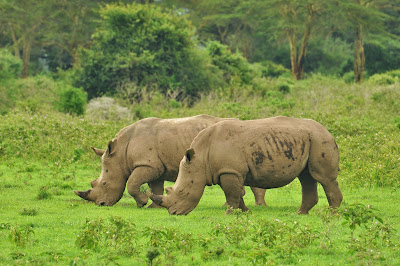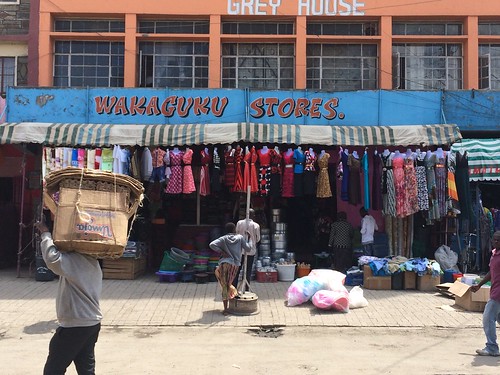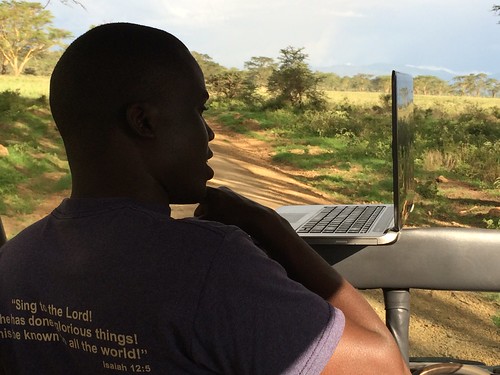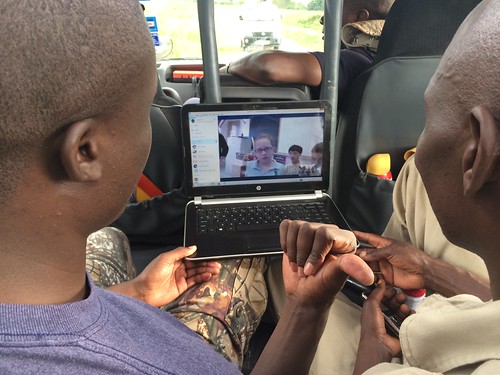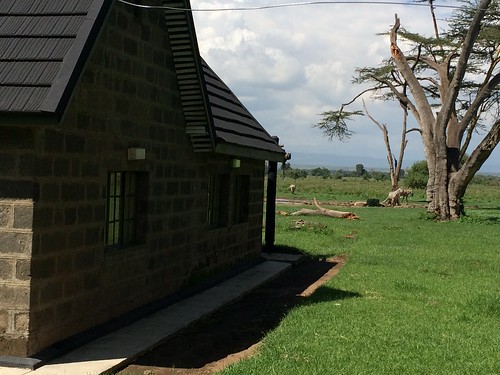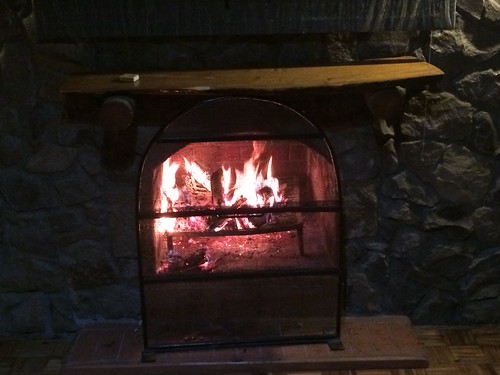 |
| Image Credit - Wikipedia |
But, our focus in education must change with the time in which we live. Much of the polarization and ignorance we face is the result of a society living hyper-connected lives in a time of information overload without having prepared for it. We surround ourselves with others who agree with us and points of view that match our own. So rare is the intellectual, unemotional exchange of differing ideas. Having instant access to all the knowledge of the human race in one's pocket makes it easy to find justification for whatever makes us feel better - truth be damned.
The internet and all its positive and negative aspects came upon us suddenly. We were unprepared. We are still unprepared a generation later. I could write another dozen posts on the way fear keeps us from teaching students to navigate the bias that is so heavily embedded in the information that bombards them. Instead of preparing students for the world they will inherit, we have made schools into institutions of content delivery.
We strive to teach mathematics in school. Yet, mathematics can be used to help engineer a manned mission to Mars, or mathematics can be used to engineer a more effective bomb.
We strive to teach writing in school. Yet, writing can be used to persuade others to help their fellow man, or writing can be used to create propaganda designed to recruit more to a campaign of hate.
We strive to teach science. Yet, science can be used to find a cure for the world's diseases or science can be used to turn those diseases into the next biological weapon.
It's time, in this time of information abundance, to switch our focus in education from learning content to using content to make the world a better place. Empathy, not the 3 Rs, needs to be the focus of education. Content needs to become the means to the end, not the end itself.
Because children who learn the joy of doing good for others at a young age and are given opportunities to make a real difference in the world grow to be the positive change makers of tomorrow. The only way to extinguish darkness is to spread light.
This is not idealogical wishful thinking. It is because I see so many examples of cultural understanding through global collaboration and student service learning that I remain optimistic for the future. Being hyper-connected doesn't have to be negative. It is through my global network of inspiring educators that I see the amazing stories of what is possible. We need to teach our students the power of using ubiquitous, instant information for good instead of evil. Whether we like it or not, a hyper-connected world is the one we are sending them into.
Our only hope for our future is education being used to teach understanding, appreciation of differences, and empathy. I've always loved to travel because it has made me a better person. Each new culture I have encountered has allowed me the opportunity to look inward and assimilate the best parts of that culture into myself. This has made me more well rounded. At a time when virtual travel is free and easy to do in our classrooms, we owe our students that same opportunity.
I am thankful to those who inspire me with the work they are doing to make these positive changes in our education system. This morning in our Skype Master Teacher group I posted the following:
I appreciate being a part of a group that is working toward the only viable solution to the hatred we see in this world. I am thankful to be surrounded (virtually, and on a few spectacular occasions physically) by the two dozen or so of you who are making it your life's work to spread understanding of others and appreciation of differences to the students of the world. The only way to combat hate is love, and the work you all do to expose students to the power of global collaboration over individual competition, the power of celebrating cultural diversity instead of mistrusting those different from ourselves, the power of seeing a global society instead of maps with human created arbitrary lines is modeling the greatest hope we have as a planet.To all of the educators that I know, and to those I haven't met yet, who are doing this important work, you have my admiration and thanks. To those who haven't started yet, we await you with open arms.




















































